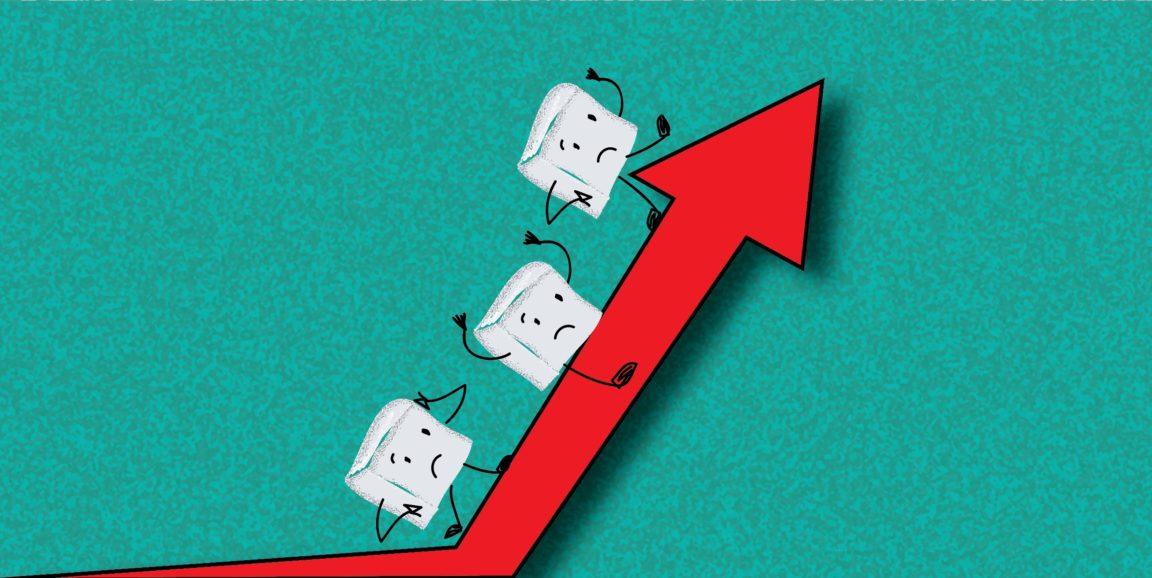It turns out the tried-and-true method to measure one's blood sugar (or glucose) level — a finger prick — actually yields results that tell an incomplete story. That's according to a new study out of Stanford.
Using a device that continuously monitors glucose levels in the blood, scientists were able to see that, in contrast, a quick poke to the finger only relays snapshots of glucose levels. Without a constant readout, people often end up thinking they're healthy, when many of them have blood sugar levels that shoot up and drop depending on what they eat — namely, carbs. And these glucose "spikes," as they're called, can increase risk of developing cardiovascular disease and insulin resistance (a precursor to diabetes).
Michael Snyder, PhD, professor and chair of genetics at Stanford, led the work, which was published online in PLOS Biology. As he explains in our release:
'We saw that some folks who think they’re healthy actually are misregulating glucose — sometimes at the same severity of people with diabetes — and they have no idea,' Snyder said.
The insight came to him after he and collaborators at Stanford gave study participants a continuous glucose-monitoring device, which superficially pokes into the surface layer of the skin and takes constant readings of sugar concentrations in the blood as it circulates. With the constant readouts providing more detailed data, Snyder’s group saw that glucose dysregulation is more common than previously thought; they also used the data to start building a machine-learning model to predict the specific foods to which people spike. The goal is to one day use the framework to compile data from an individual and, based on their continuous glucose readout, direct them away from particularly “spikey” foods.
What causes spikes in one person does not necessarily cause spikes in another. Snyder, for instance, spikes to bananas, but I might spike to another type of carb. There is, however, one food that nearly everyone universally spikes to: cornflakes.
“We saw that 80 percent of our participants spiked after eating a bowl of cornflakes and milk,” Snyder told me. “Make of that what you will, but my own personal belief is it’s probably not such a great thing for everyone to be eating.”
Moving forward, Snyder says that with their current data, they have information about who do or don't spike. What's still missing is the why, and that's the next step.
Illustration by Vinita Bharat/Fuzzy Synapse




